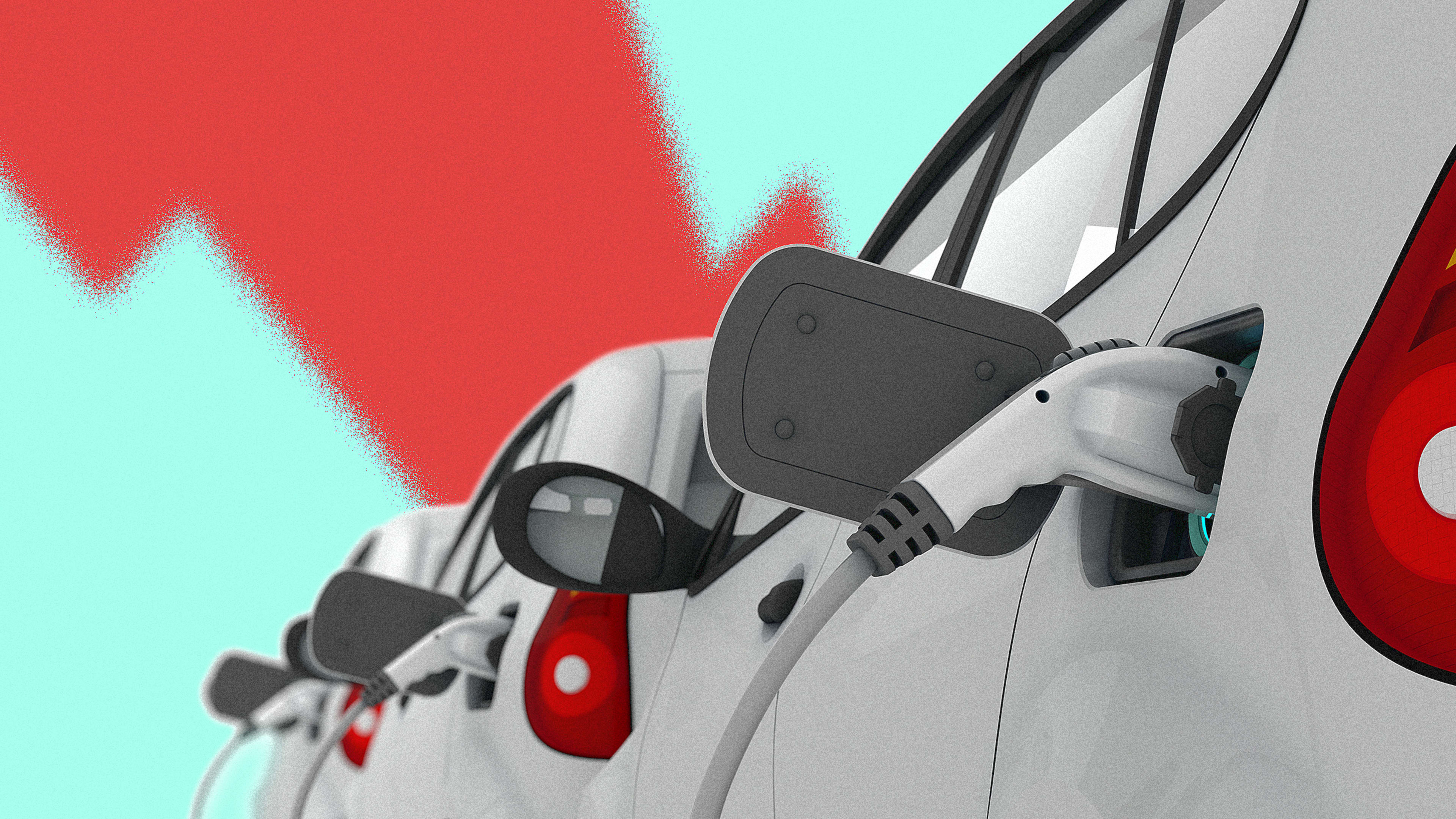Electric vehicles made up only 2% of passenger car sales in 2020. But by the end of the decade, the Biden administration wants the share of zero-emission vehicle sales to jump to 50%. President Biden signed a new executive order with the target on Thursday, and major automakers said they were on board.
But the goal is still voluntary for car companies—and environmental groups say that the administration’s plans to ramp up requirements for car companies to cut emissions aren’t aggressive enough. Some also argue that the U.S. should be aiming for 100% zero-emissions vehicle sales by 2030.
“It’s a voluntary goal at this stage,” says Simon Mui, deputy director of the clean vehicle and fuels group at the nonprofit NRDC. “It isn’t binding. It’s certainly laudable, but it needs to be backed up by requirements.”
Obama-era car rules forced car companies to increase the average fuel economy of new vehicles by 5% each year; by 2025, the target was 51 miles per gallon. When Trump took office, he rolled back the requirement to 1.5% increases each year (by 2026, the average fuel economy would have reached only 40.5 miles per gallon). Biden reportedly plans to bump that up to 3.7% per year, and then 5% a year by 2025.
“While it’s a vast improvement over the Trump rollback, it isn’t a return to where we were a decade ago,” says Mui. “We need to go much faster now, given the impacts from climate change that basically every community in the United States is now seeing.” Mui says that the auto industry is also pushing for loopholes, asking for extra credit for electric vehicle sales so that fossil fuel-powered cars can move more slowly when it comes to cutting pollution.
A goal of 50% zero-emissions vehicle sales by 2030 is a bare minimum for addressing climate change, Mui says. Other nonprofits, like the Center for Biological Diversity, think that gas and diesel car sales should be fully phased out by 2030. Any given vehicle might stay on the road for 20 years, so cars need to shift away from fossil fuels soon to enable a zero-emissions economy by the middle of the century. Electric vehicles are obviously feasible now: Companies like Tesla are already fully electric, and others, like Mercedes and Volvo, have said that they aim to be fully electric by the end of the decade. The Center for Biological Diversity is also advocating for cutting emissions from fossil fuel cars by 7% a year until they’re phased out. “Half steps won’t save us from climate catastrophe,” Dan Becker, director of the nonprofit’s Safe Climate Transport Campaign, said in a statement.
Transportation is the biggest source of climate emissions in the U.S., and the nonprofit Energy Innovation says that a 100% shift to zero-emissions vehicles no later than 2035 is crucial to stay on track with the goals of the Paris climate agreement. It also has other benefits: In a report with other researchers, the nonprofit found that moving to electric vehicles, along with 90% clean electricity, would save consumers $2.7 trillion by 2050, and create more than 2 million new jobs in 2035.
Recognize your brand’s excellence by applying to this year’s Brands That Matter Awards before the early-rate deadline, May 3.
